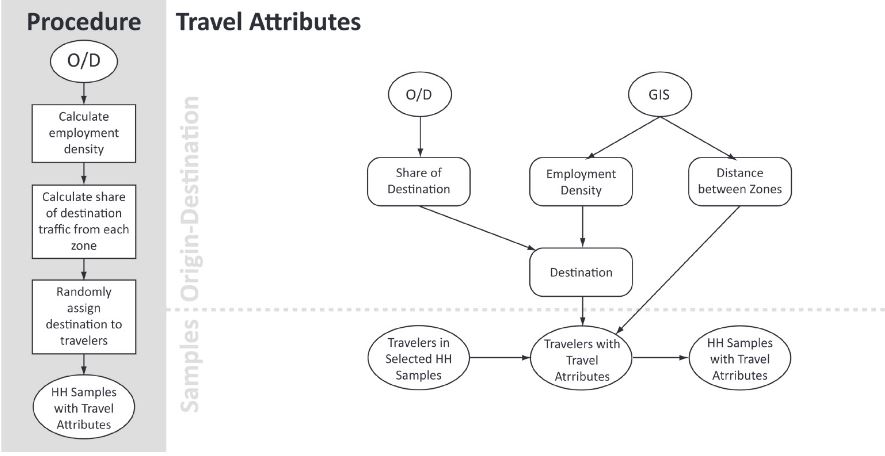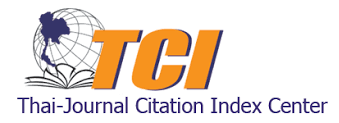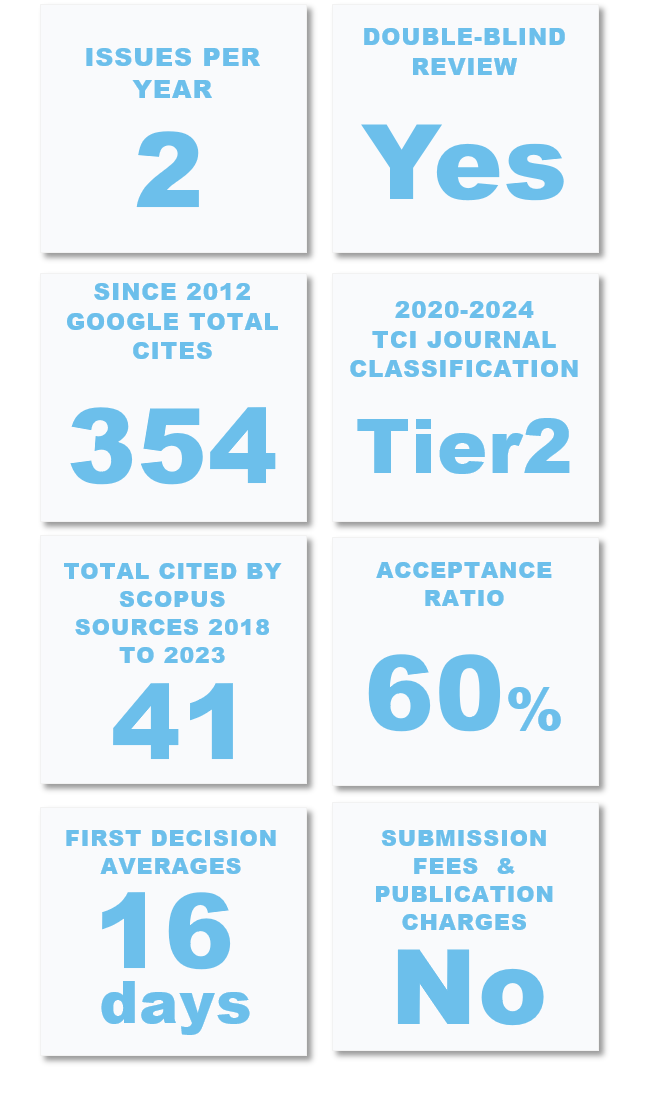Using Household Survey to Forecast Household Mode Choice and Trip Sharing
Keywords:
household travel demand, trip sharing, BangkokAbstract
The paper introduces a new method to forecast household travel mode choice and trip sharing behavior by using household socio-economic survey and trip table data. The method introduces spatial dimension in household travel mode choice analysis. It demonstrates how standard household survey data that are not specifically designed for use in a modal split model can be used to forecast household travel mode choice and estimate ridership for a mass transit mode. Using the sampled data of Bangkok household survey, the forecast reveals that trip sharing is predominant household mode choice, and mass transit is an attractive mode choice.
Downloads
References
Adler, T., & Ben-Akiva, M. E. (1979). A theoretical and empirical model of trip chaining behavior. Transportation Research Part B: Methodological, 113(3): pp.243–257.
Beyer, H. L. (2011). Geospatial Modeling Environment (GME). Spatial Ecology LLC. URL http://www.spatialecology.com/gme/index.htm.
Ben-Akiva, M. E., & Lerman, S. R. (1985). Discrete choice analysis: Theory and application to travel demand. Cambridge, Mass: MIT Press.
De Palma, A., Fontan, C., & Liu, R. (2001). Trip Timing and Chaining Travel Behaviour Research: the Leading Edge. Amsterdam: Pergamon.
Dissanayake, D., & Morikawa, T. (2002a). A combined revealed preference/stated preference (rp/sp) nested logit model of vehicle ownership, mode choice and trip chaining in developing countries. Proceedings of the ICTTS 2002: Traffic and Transportation Studies; Guilin; People’s Republic of China.
Dissanayake, D., & Morikawa, T. (2002b). Householdtravel behavior in developing countries: nested logit model of vehicle ownership, mode choice, and trip chaining. Transportation Research Record: Journal of the Transportation Research Board, 1805(1), 45–52.
Dissanayake, D., & Morikawa, T. (2010). Investigating household vehicle ownership, mode choice and trip sharing decisions using a combined revealed preference/stated preference Nested Logit model: case study in Bangkok Metropolitan Region. Journal of Transport Geography, 18(3), 402–410.
Fukuda, T., Kashima, S. Fukuda, A. & Narupiti, S. (2005). Analysis of car sharing application on consumer orientation and their modal selection in Bangkok. Journal of the Eastern Asia Society for Transportation Studies, 6, 1971–1986.
Golob, T. (2000). A simultaneous model of household activity participation and trip chain generation. Transportation Research Part B, 34, pp.355-376.
Goulias, K. G., & Kitamura, R. (1989). Recursive Model System for Trip Generation and Trip Chaining. Transportation Research Record, 1236, 59–66.
Hayashi, Y., Anurakamonkul, K., Okuda, T., Osman, O., & Nakamura, H. (1998). Examining the effects of a mass rapid transit system on easing traffic congestion in auto-dependent Bangkok. Regional Development Studies: UNCRD, 4, 65–85.
Jou, R.-C., & Mahmassani, H. S. (1997). Comparative analysis of day-to-day trip-chaining behavior of urban commuters in two cities. Transportation Research Record: Journal of the Transportation Research Board, 1607, 163–170.
Kitamura, R. (1984). Incorporating trip chaining into analysis of destination choice. Transportation Research Part B: Methodological, 18(1), 67–81.
Knapp, T. A., White, N. E., & Clark, D. E. (2001). A nested logit approach to household mobility. Journal of Regional Science, 41(1), 1–22.
Lee, Y., Hickman, M., & Washington, S. (2007). Household type and structure, time-use pattern, and trip-chaining behavior. Transportation Research Part A, 41, 1004– 1020.
Office of Transport and Traffic Policy and Planning. (2009). 2009 OTP Annual Report. Bangkok: Office of Transport and Traffic Policy and Planning
Oliveira, M. G. S., Vovsha, P., Wolf, J., & Mitchell, M. (2014). Evaluation of Two Methods for Identifying Trip Purpose in GPS-Based Household Travel Surveys. Transportation Research Record, 2405(1), 33–41. https://doi.org/10.3141/2405-05
Thailand National Statistical Office. (2008). 2008 Household Socio-economic Survey.
Thailand National Statistical Office. (2010). Population Data by Sub-District. Retrieved from http://service.nso.go.th/nso/nsopublish/districtList/page1.htm.
Wegmann, F. J., & Youn, J. T. (1998). Trip Linkage Patterns for Workers. Journal of Transportation Engineering, 124(3), 264–270.
Zegras, P., & Srinivasan, S. (2007). Household income, travel behavior, location, and accessibility: sketches from two different developing contexts. Transportation Research Record: Journal of the Transportation Research Board, 2038/2007, 128–138.

Downloads
Published
How to Cite
Issue
Section
License
Copyright (c) 2020 International Journal of Building, Urban, Interior and Landscape Technology (BUILT)

This work is licensed under a Creative Commons Attribution-NonCommercial-NoDerivatives 4.0 International License.











